
With any luck, the coronavirus pandemic will be behind us soon. But for now, many of us are still sheltering in place at home — and using more electricity, water, and heat or air conditioning than usual. That can mean soaring utility bills.
The average American spends $2,000 on home energy each year, and $200 to $400 of it may be wasted just on drafts, air leaks and inefficient heating and cooling systems, Energy.gov estimates. That doesn’t count the money we waste with dirty furnace filters, energy-hog lightbulbs, and water heaters, furnaces and air conditioning that are cranked up too high.
The upside: This waste spells an opportunity for saving money. There are lots of things we can do to conserve money and energy. Here’s how to get started.
1. Program the thermostat
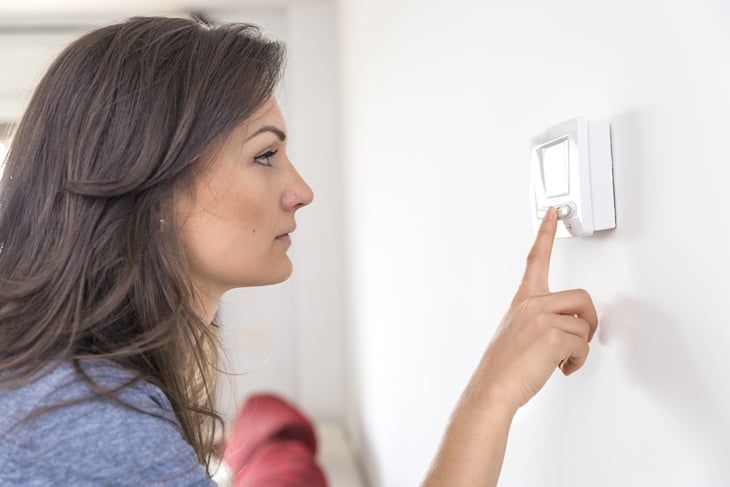
Save up to 10% a year on heating costs by setting your thermostat 7 degrees to 10 degrees lower for eight hours a day, such as when you are away or asleep, says Energy.gov. Likewise, raise the temperature setting by as much as possible on hot days, to save on energy use from air conditioning.
Or just set and forget temperatures by using a programmable thermostat.
2. Lower the water temperature

Hot water is a big energy user. The U.S. Department of Energy recommends keeping your water heater’s thermostat set at 120 degrees Fahrenheit. Anything higher is unnecessary. Water that’s too hot can even be dangerous.
Every 10-degree reduction in your water heater’s thermostat can shave 3% to 5% off your bill.
3. Stop using the garbage disposal
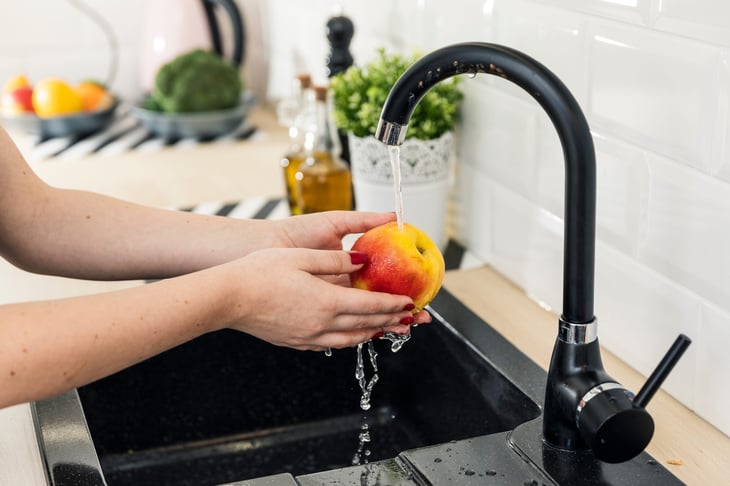
“Avoid using a garbage disposal, as they use a lot of water,” says Washington state’s Utilities and Transportation Commission’s water conservation guidelines.
Since garbage disposals don’t work well unless you leave your faucet on when the disposal is running, you’ll save money if you scrape the food off your dishes and into the trash or compost instead.
4. Remember: The toilet’s not a wastebasket
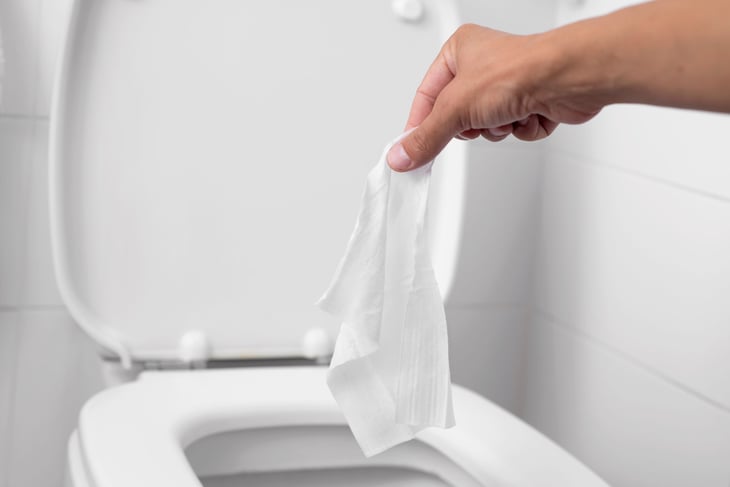
Many people flush used tissues down the toilet. The problem is, even with modern, low-flush toilets, you’re wasting as much as 1.6 gallons with every flush, according to the U.S. Environmental Protection Agency.
If your toilet is older, you could be wasting as much as 6 gallons each time you push the lever.
5. Seal cracks and leaks
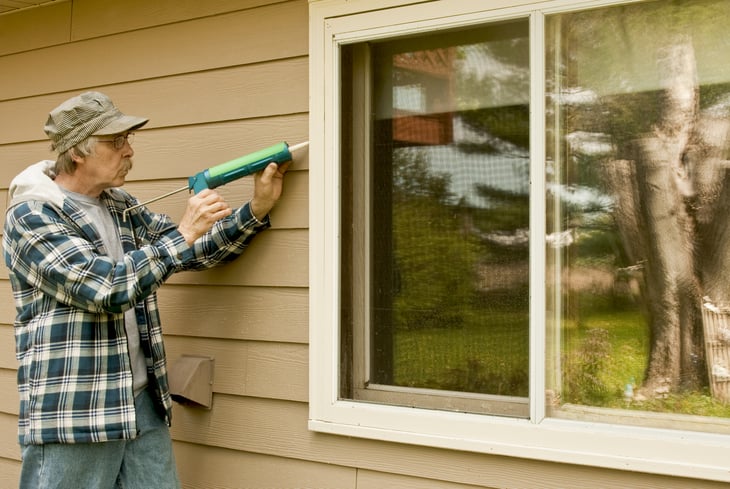
“Air leaks can waste a lot of your energy dollars,” Energy.gov says. Warm air can seep out of a house, allowing cold air to creep in. And cool, conditioned air can leak out during warm weather, allowing warm air in.
Thoroughly check the interior and exterior of your home for cracks and gaps, paying particular attention to areas around chimneys, furnace flues, pipes, electrical outlets, windows and doors. Fill small leaks with caulk.
The Department of Energy explains how to caulk leaks the right way.
6. Plug big gaps with foam
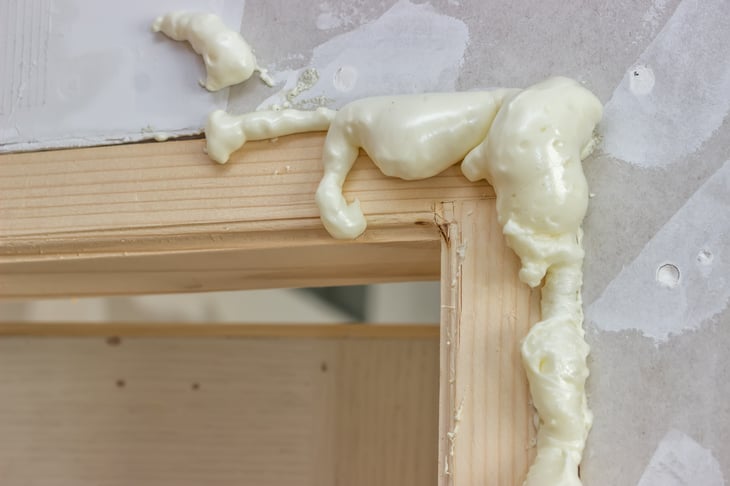
Use spray foam — find it in cans at the hardware store — to close up openings that are too big to be sealed with caulk.
Energy.gov, in instructions on sealing a home’s air leaks, says:
“Use foam sealant on larger gaps around windows, baseboards, and other places where air may leak out.”
7. Use rain barrels

A great way to offset your water bill is to collect rainwater in a rain barrel. These barrels collect rainwater from your roof, storing it for use later, such as in your garden. “It’s a great way to conserve water, and it’s free water for use in your landscape,” says the Environmental Protection Agency.
You can buy rain barrels online or at home improvement stores.
8. Shrink-wrap windows
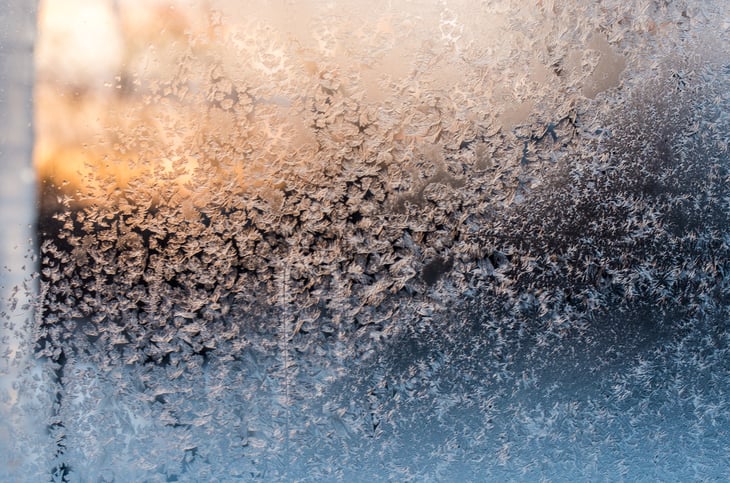
Windows — especially inefficient windows — account for a large proportion of the heat that escapes from your home in winter or cooling that is lost in summer through the glass.
“Heat gain and heat loss through windows are responsible for 25%–30% of residential heating and cooling energy use.”
Yet replacing windows — or even adding energy-efficient honeycomb shades or thermal lined draperies — can be prohibitively expensive.
One cheap way to reduce energy loss is to install window film. It resembles plastic wrap and helps retain heat indoors in winter and reflect the sun’s heat from outside in warmer seasons. Lowe’s and Home Depot sell it.
If you want to be able to open the window when spring rolls around, you can apply it to the inside of the glass for easy removal. See Lowe’s for application instructions.
9. Stop fireplace heat loss

Enjoy the fireplace. But when you are not using it, keep the damper closed so your expensively heated interior air doesn’t escape up the chimney.
That is true when you are running air conditioning.
10. Use ceiling fans correctly
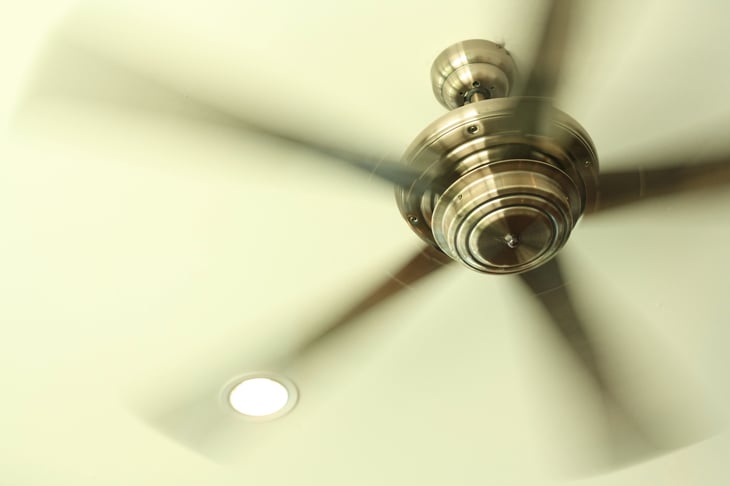
Using ceiling fans in summer can keep you cool. They also can help keep you warmer in winter. But that won’t work unless you set the fan correctly.
Most ceiling fans have a switch so you can change the direction the blades rotate. In winter, set the blades to turn clockwise. In summer, reverse the direction so the blades move in a counterclockwise direction, Home Depot explains.
In winter, you want to move the warm air that pools near the ceiling down so you stay warmer. The clockwise spin pulls cooler air up, displacing the warmer air downward. In summer, the blades’ counterclockwise spin pushes air down, creating a breeze that leaves you feeling cooler.
11. Install low-flow showerheads

If you have an older showerhead, you may be using as much as 10 gallons of water per minute each time you shower, according to the Water — Use it Wisely campaign. In contrast, newer, low-flow showerheads use about 2 gallons per minute.
Due to newer technologies used in low-flow showerheads, you won’t notice a difference in the water pressure or flow, the campaign says. Yet you could save hundreds of gallons weekly, just by installing a new showerhead.
As the U.S. Department of Energy notes:
“You can purchase some quality, low-flow fixtures for around $10 to $20 apiece and achieve water savings of 25%-60%.”
12. Change air conditioner filters
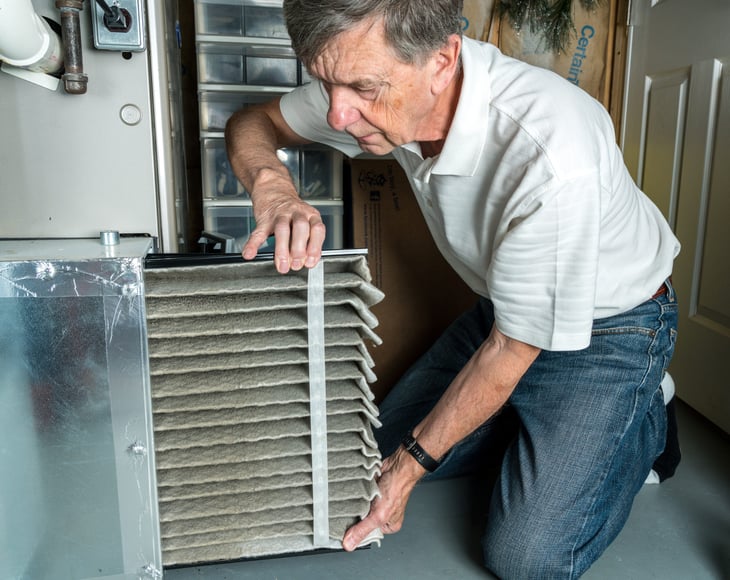
Your air conditioner works overtime to keep you cool when outdoor temperatures rise. Return the favor by keeping it working efficiently. The bonus: An efficient HVAC system keeps your energy bills down.
Changing the air conditioner filter is probably the easiest form of air-conditioning maintenance. The filters should be replaced every month or two during the cooling season so your AC runs smoothly, says the U.S. Department of Energy.
You can order new filters through Amazon, Walmart, Target and other retailers.
13. Insulate the water heater
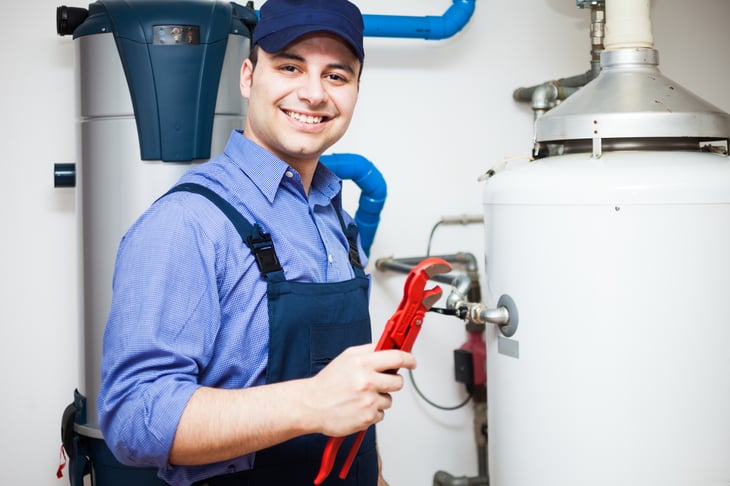
Wrap older water heaters in an insulating jacket to keep the heat from radiating out.
Why? “Insulating a water heater that is warm to the touch can cut standby heat losses by 25%-40% and save you 7%-16% annually on your water heating bill,” according to Energy.gov’s Energy Saver program.
14. Wrap hot water pipes in insulation
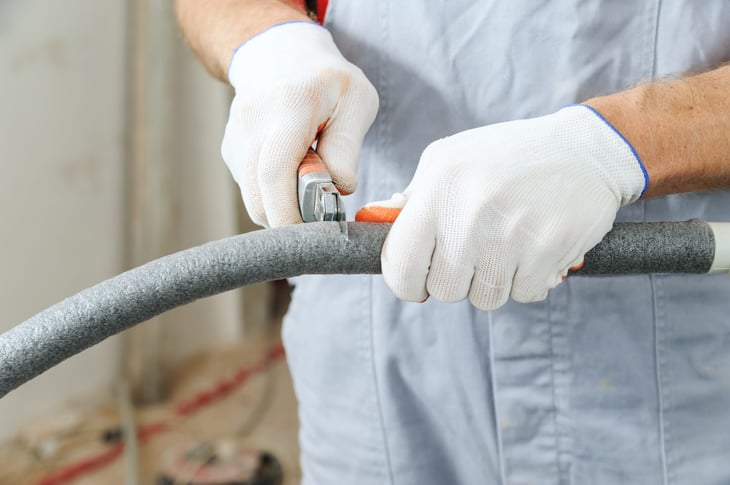
Insulating the hot water pipes that run from your water heater to your home’s interior can raise your water temperature by 2 to 4 degrees compared with uninsulated pipes.
Insulating the pipes reduces heat loss and lets you lower the water temperature setting, saving energy, as Energy.gov explains in instructions on insulating pipes.
It may be cost-effective to hire someone for this job in cases where:
- Fuel for heating water is expensive.
- Hot water has far to travel.
- Pipes are exposed to really cold air. (They should be insulated so they don’t freeze.)
- Your household uses a lot of water.
15. Seal heat ducts
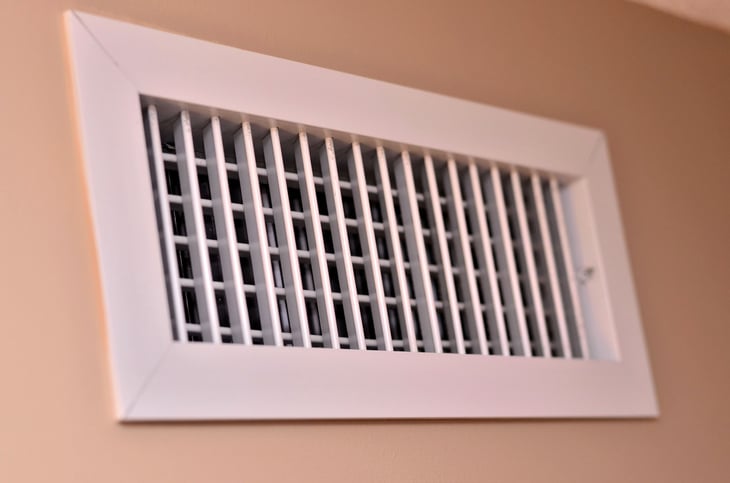
Sealing air ducts so they don’t leak is especially important if the ducts are in an unconditioned attic or vented crawlspace.
Minor duct repairs are easy to make, says Energy.gov. But “qualified professionals should seal and insulate ducts in unconditioned spaces to ensure the use of appropriate sealing materials.”
16. Insulate the basement
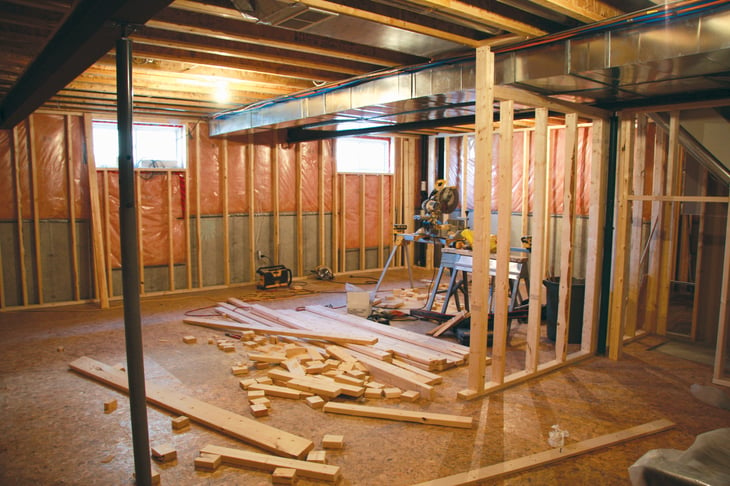
Up to 30% of a home’s heat loss can be due to an uninsulated basement, says HouseLogic.
HouseLogic says you can insulate in one of two ways:
- Treat the basement like an outdoor space by insulating only the basement ceiling, which prevents the home’s heat from escaping into the cold basement.
- Treat the basement like a room in the home, insulating the walls. As a bonus, you gain more living area by insulating and enclosing walls.
17. Clean air conditioner condensation lines
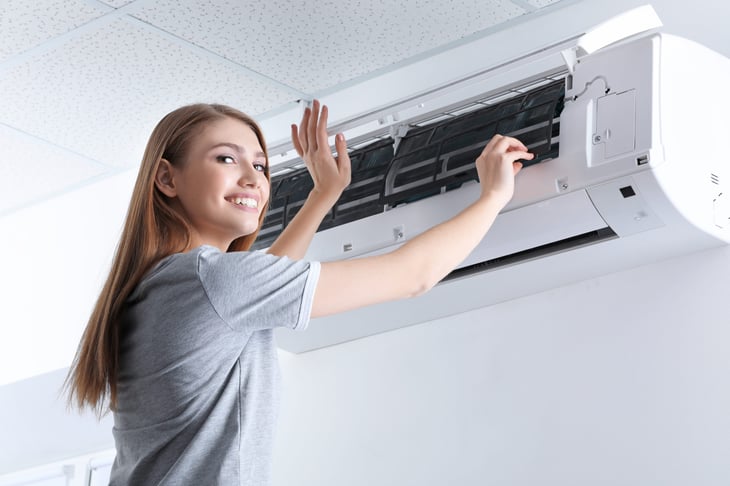
The pipe that carries condensation away from your air conditioner can get clogged. If the pipe becomes clogged, it could back up into the air conditioner — or into your house — and you’ll have a messy problem and a big repair bill.
To combat this, locate where the pipe drains out and make sure it’s draining properly. Energy.gov tells how to do clean the lines or coils and other parts.
18. Using older, inefficient lightbulbs
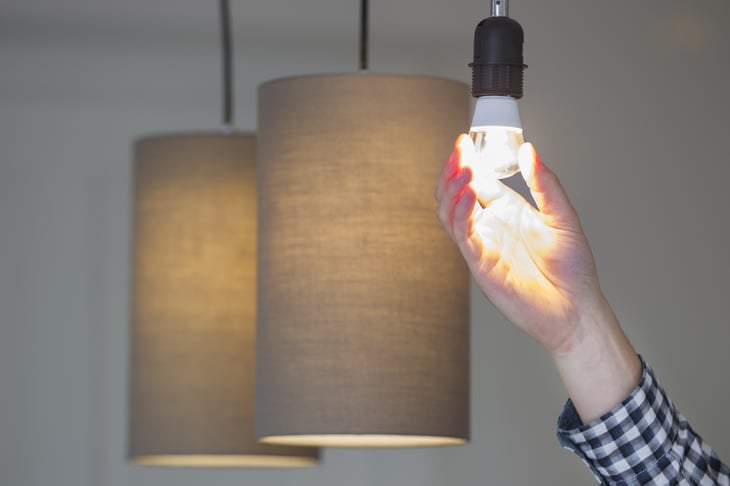
LED lightbulbs won’t help with home heating costs, but they sure will make a difference in your electric bills for lighting.
19. Use low-flow faucet aerators
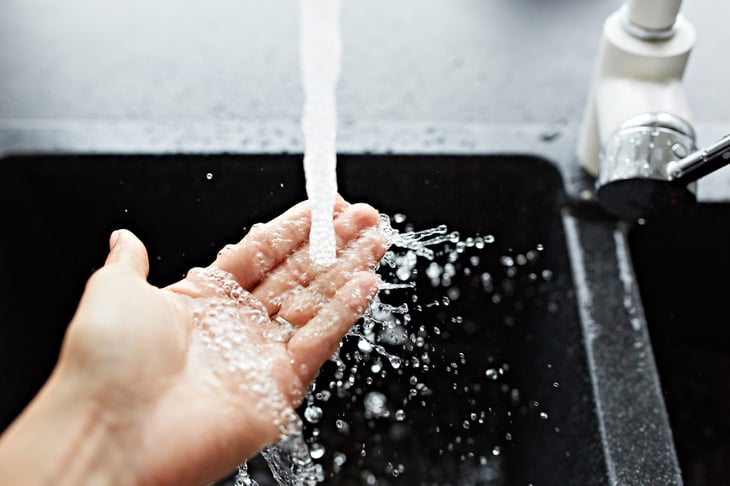
An aerator is a component at the tip of a faucet. It often screws onto the faucet. Low-flow aerators save water by limiting the flow of water through the faucet, and that also saves money.
The U.S. Department of Energy describes replacing your aerators with lower-flow aerators as “one of the most cost-effective water conservation measures.” The DOE recommends buying aerators with flow rates of 1 gallon per minute or less.
The federal agency also advises taking your current aerator to the store when you buy a new one so you can be sure the new one will fit on your existing faucet.






Add a Comment
Our Policy: We welcome relevant and respectful comments in order to foster healthy and informative discussions. All other comments may be removed. Comments with links are automatically held for moderation.